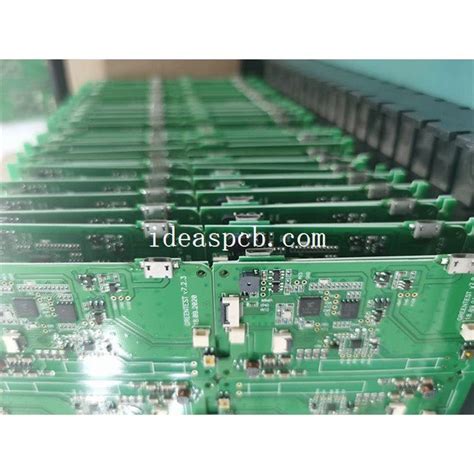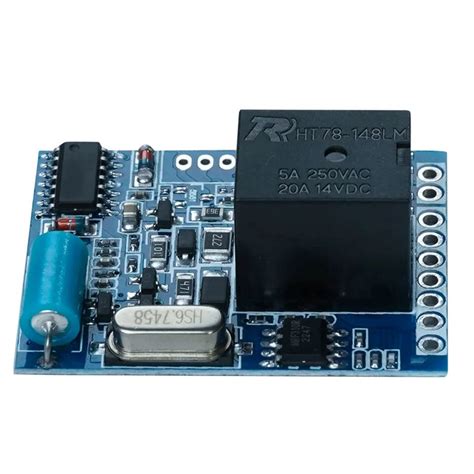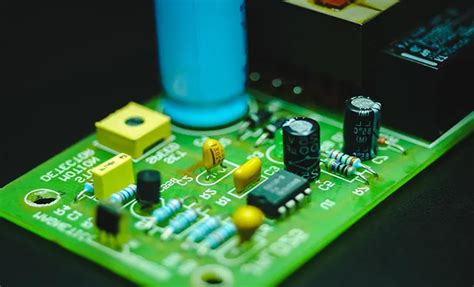FPC surface plating process
1. FPC plating
(1) Pre-treatment of FPC electroplating After the FPC of the flexible printed circuit board is covered with a coating, the surface of the exposed copper conductor may be contaminated with an adhesive or ink, and oxidation and discoloration due to a high-temperature process may occur.
A tightly adherent, tight coating must remove conductor surface contamination and oxides and clean the conductor surface. However, these contaminants are strongly combined with copper conductors and cannot be removed completely with weak cleaning agents. Therefore, most of them use alkaline abrasives and throwing brushes with a certain degree of strength to handle them. Most of the overcoat adhesives are Epoxy resin and poor alkali resistance, which will lead to a drop in bond strength, although not obviously visible, but in the FPC plating process, the plating solution may be infiltrated from the edge of the cover layer, in severe cases will make the cover layer Peel off. The phenomenon of solder drilling under the cover occurs during the final soldering. It can be said that the pre-treatment cleaning process will have a significant impact on the basic characteristics of the flexible printed circuit board FPC, and must give full attention to the processing conditions.

(2) Thickness of FPC electroplating When electroplating, the deposition rate of electroplating metal is directly related to the electric field strength.
The electric field strength changes with the shape of the circuit pattern and the position of the electrode. The thinner the line width of the general conductor, the terminal of the terminal portion. The sharper the closer the distance from the electrode is, the greater the electric field strength is, and the thicker the plating is. In applications related to flexible printed boards, uneven plating thickness is more likely to occur in the case where many wire widths vary greatly within the same wire. To prevent this from happening, a shunt cathode pattern can be provided around the wire. It absorbs uneven current distributed in the plating pattern and maximizes the uniform thickness of the plating on all parts. Therefore, we must work hard on the structure of the electrode. A compromise is proposed here: strict standards are applied to places where coating thickness uniformity is high, and standards are relatively relaxed for other locations. For example, lead-tin soldered by fusion welding, and gold-plated layers covered by metal wires are higher. However, for the lead-plated tin used for general anti-corrosion, its plating thickness requirements are relatively relaxed.
(3) FPC electroplating stains and dirt The state of the electroplated coating, especially the appearance, was not a problem, but some of the surface was stained, stained, discolored, etc.
What is different, but when the user receives a check, there is an appearance problem.
This is due to insufficient drifting, residual plating on the surface of the coating, and chemical reactions that occur slowly over a period of time. In particular, a flexible printed board, which is soft and not very smooth, is susceptible to accumulation of various solutions in the recesses, and then reacts and discolors at this site. In order to prevent this from happening, not only sufficient drifting is required, but also It should also be fully dried, and high temperature thermal aging test can be used to confirm whether sufficient drifting has occurred.
2. FPC electroless plating
When the line conductor to be plated is isolated and cannot be used as an electrode, electroless plating can only be performed. The electroless plating bath used has a strong chemical effect. The electroless gold plating process is a typical example. Electroless gold plating is an alkaline aqueous solution with a very high pH. When using this electroplating process, it is very easy for the plating solution to be drilled under the covering layer of the person, especially if the quality of the laminating film lamination process is not strict and the bonding strength is low, this problem occurs more easily.
Due to the nature of the plating solution, the electroless plating of the displacement reaction is more likely to cause the phenomenon that the plating solution penetrates under the overcoat layer, and it is difficult to obtain an ideal electroplating condition by electroplating in this process.

3. FPC hot air leveling
This process, developed for the application of lead and tin on PCBs with rigid printed boards, is also applied to flexible printed boards FPC due to its simplicity. Hot air leveling is to dip the board directly into the molten lead-tin bath, and the excess solder is blown with hot air. This condition is very severe for flexible printed circuit boards (FPCs). If no measures are taken to prevent the FPC from being immersed in the solder, the FPC must be clamped to a screen made of titanium steel. In the middle, it is immersed in the molten solder. Of course, the surface of the FPC printed on the flexible printed board must be cleaned and coated with flux. Due to the harsh process conditions of hot air leveling, the phenomenon that the solder is drilled from the end of the covering layer to the underlaying layer easily occurs. In particular, when the bonding strength between the covering layer and the copper foil surface is low, the phenomenon frequently occurs. Since the polyimide film easily absorbs moisture, when the hot air leveling process is used, the moisture-absorbing moisture may cause foaming or even peeling of the cover layer due to the rapid evaporation of heat, so before the FPC hot air leveling, it must be dried and moisture-proofed. Governance.







